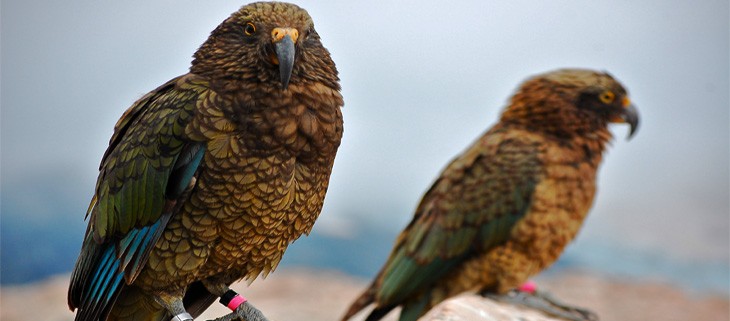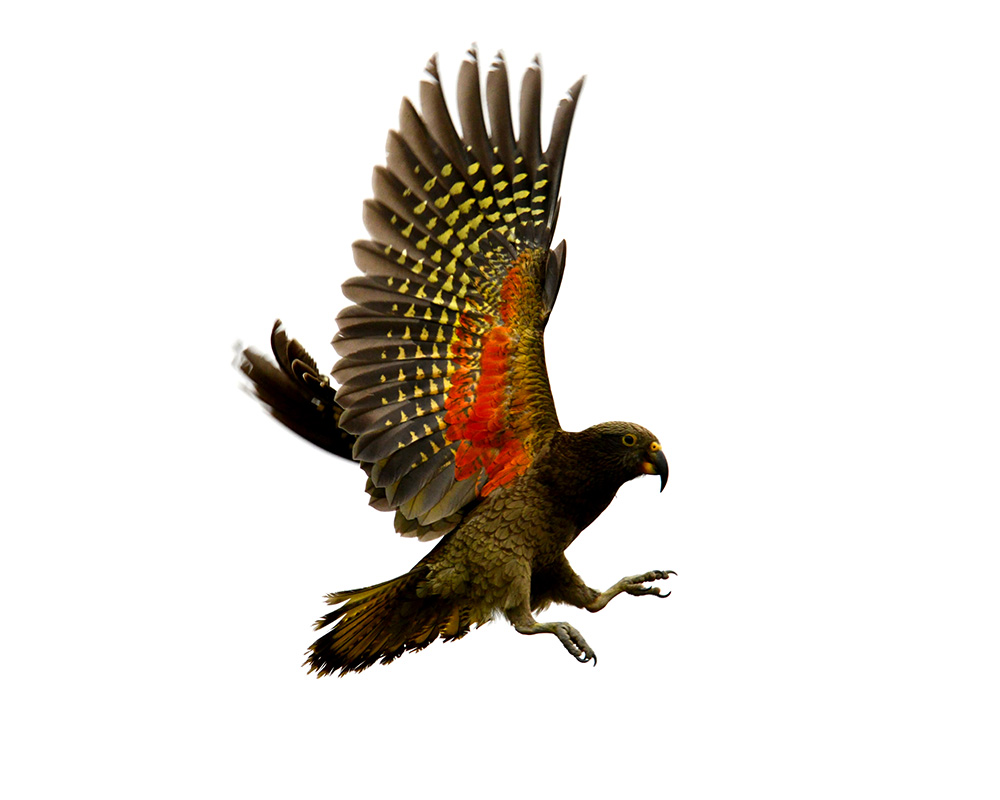December 4, 2024
The Ebiil Society: Champions of Palau
Ann Singeo, founder of our partner organization the Ebiil Society, shares her vision for a thriving Palau and a flourishing world of indigenous science!
We use cookies to help you navigate efficiently and perform certain functions. You will find detailed information about all cookies under each consent category below.
The cookies that are categorized as "Necessary" are stored on your browser as they are essential for enabling the basic functionalities of the site. ...
Necessary cookies are required to enable the basic features of this site, such as providing secure log-in or adjusting your consent preferences. These cookies do not store any personally identifiable data.
Functional cookies help perform certain functionalities like sharing the content of the website on social media platforms, collecting feedback, and other third-party features.
Analytical cookies are used to understand how visitors interact with the website. These cookies help provide information on metrics such as the number of visitors, bounce rate, traffic source, etc.
Performance cookies are used to understand and analyze the key performance indexes of the website which helps in delivering a better user experience for the visitors.
Advertisement cookies are used to provide visitors with customized advertisements based on the pages you visited previously and to analyze the effectiveness of the ad campaigns.
Looking to make an impact this Earth Month? Here’s how.

The Kea is a magnificently beautiful and vibrantly colored bird native to New Zealand. It is incredibly vulnerable to predation by several species including invasive stoats, mice, and rats. As a result, Kea populations have experienced a decline in nesting success and are listed as endangered by the International Union for the Conservation of Nature. This vulnerability is compounded by the fact that Keas not only nest on the ground but remain there for four months waiting for their chicks to fledge. All of this and more has impacted Kea populations in recent years.

Various approaches to conservation have shown improvements in the nesting success of the Kea. Most recently, research into the nesting success of the Kea was carried out over multiple breeding seasons. Researchers Joshua Kemp, Corey Mason, Graeme Elliott, and Christine Hunt outlined their findings in a paper published in the New Zealand Journal of Ecology.
The research found that the main testing site, Okarito, was undergoing conservation efforts to remove invasive stoats and was considered to be successful. Invasive stoat populations remained at nearly 0 in 2011 and 2012. This has all been a part of Predator Free 2050, an initiative that includes The Department of Conservation and Predator Free New Zealand, which aims to remove invasive predatory species from New Zealand by the year 2050.
So how did this impact nesting and breeding of Kea populations? Well, Kea populations began to rebound, and it was demonstrated that their nesting success improved as well. There is a renewed sense of hope that Kea populations will continue to thrive and nest successfully going forward.
Source: Predator Free NZ
Featured Photo: A perched Kea duo. Credit: Daniel Pietzsch
Check out other journal entries we think you might be interested in.
Notifications